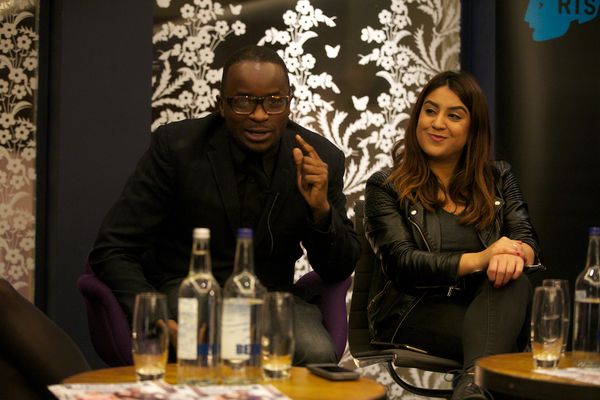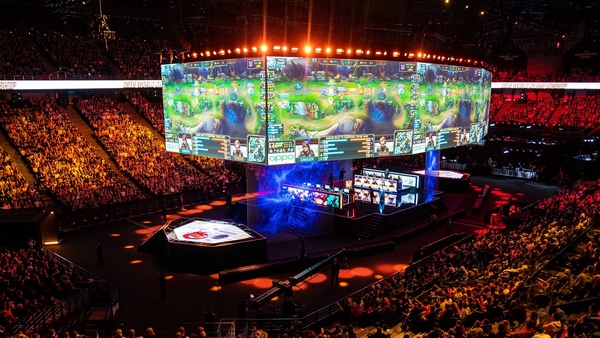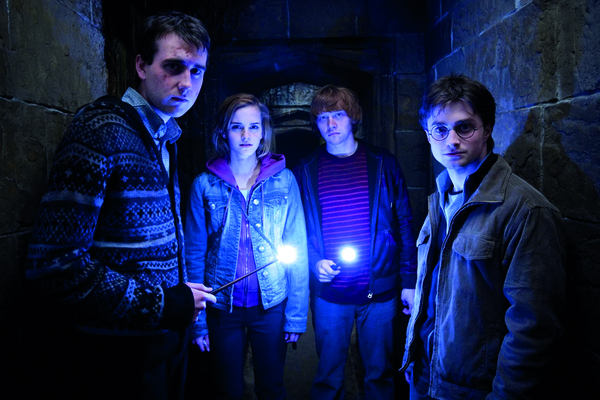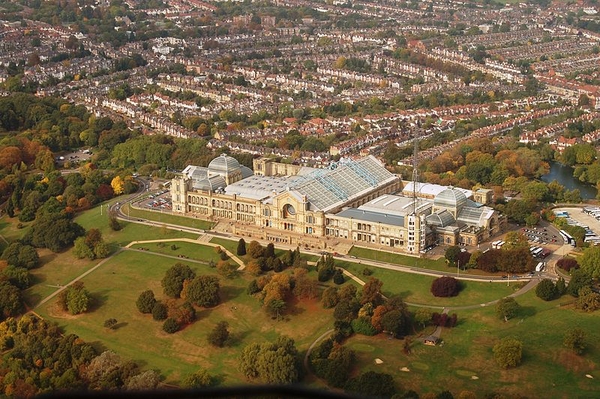Broadcast Hotshots shine at RTS Futures event
RTS Futures turned the spotlight on TV’s diversity – or lack of it – at its final event of the year where a panel of young Black, Asian and Minority Ethnic (BAME) talent revealed their struggles and triumphs in the industry.
The panel was drawn from Broadcast’s 26 BAME Hot Shots of 2015, which the magazine announced in August.






